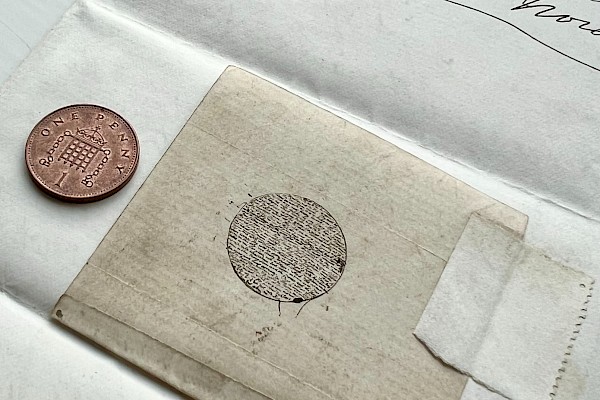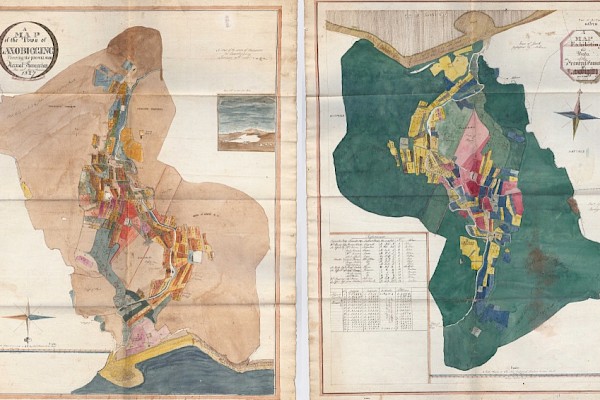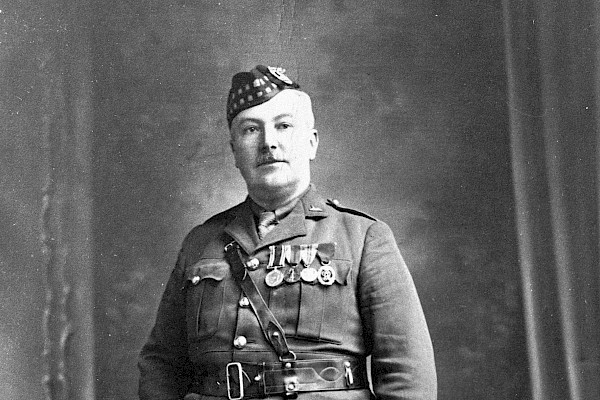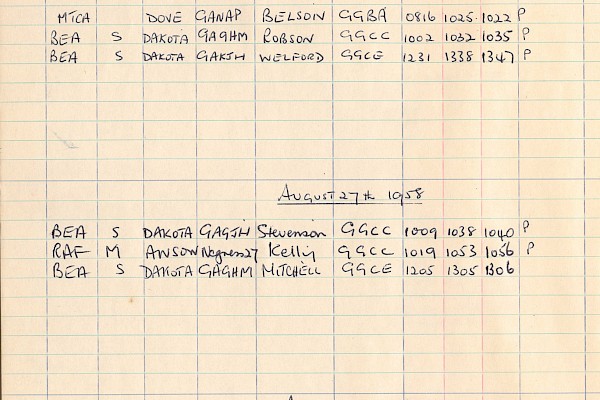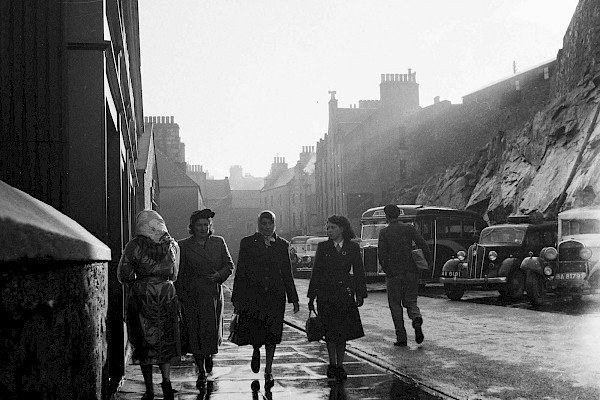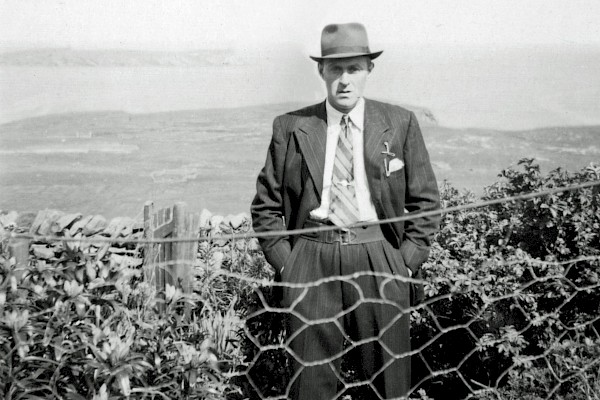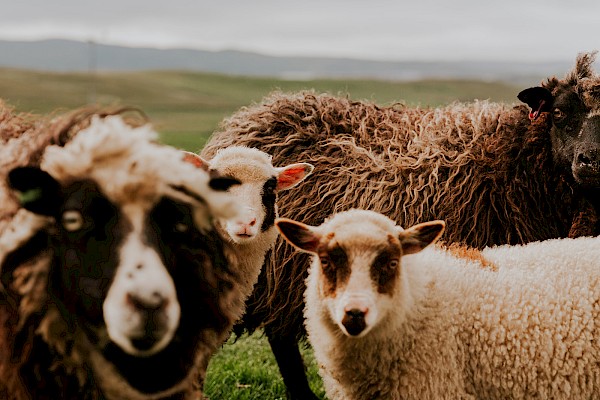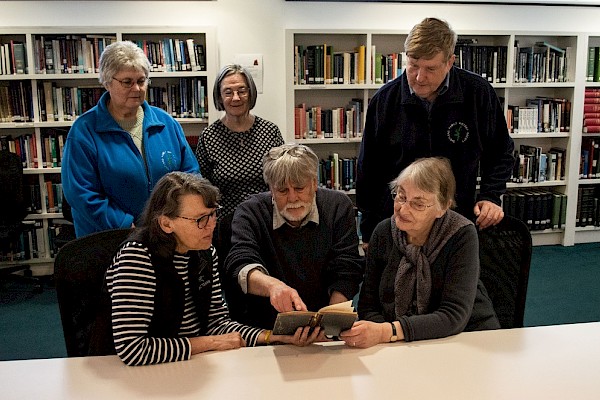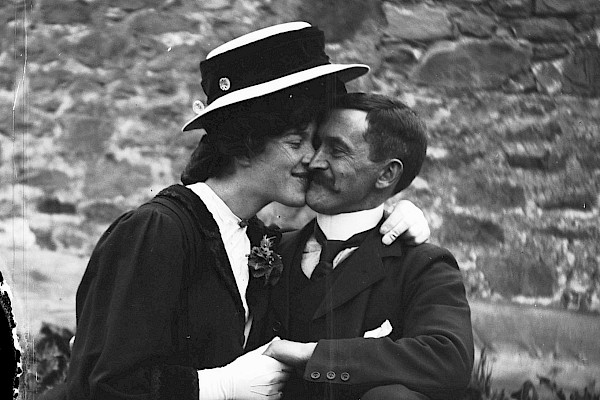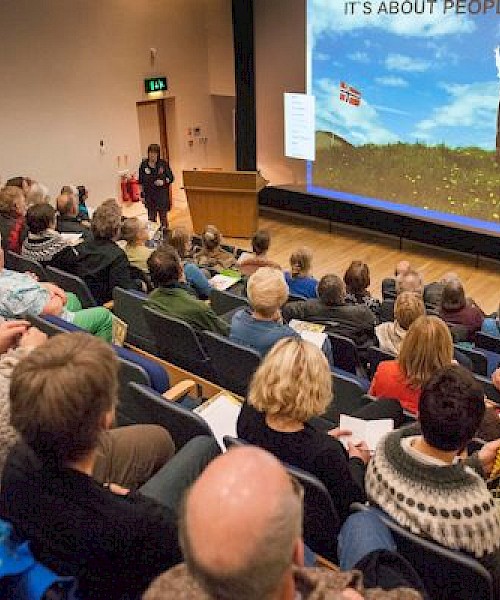The real story behind the Shetland wulver
In recent years there has been a lot of discussion about the ‘wulver’, Shetland’s ‘kind and generous werewolf’, as someone has described him. Hardly a month passes without someone asking the Shetland Archives for information about the creature. We find it difficult to do so, because wulvers are problematical, to put it mildly.
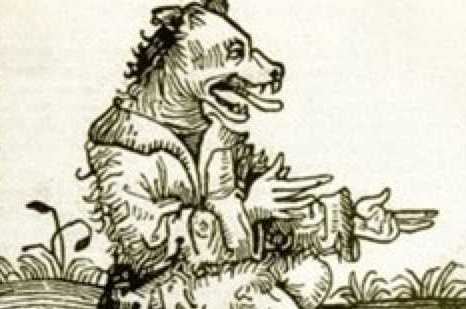 We have to thank the Faroese scholar Jakob Jakobsen for unwittingly beginning the discussion. In Shetland in the 1890s he collected thousands of place names, and in 1901 published a book-length article about them and their meanings, Shetlandsøernes Stednavne.
We have to thank the Faroese scholar Jakob Jakobsen for unwittingly beginning the discussion. In Shetland in the 1890s he collected thousands of place names, and in 1901 published a book-length article about them and their meanings, Shetlandsøernes Stednavne.
Discussing names derived from Old Norse hóll, hill, he mentioned a group of places, all over the islands, with ‘Wol-‘ names. They were Wolvhul and Wolwul in Delting (also, he said, called Da Wolwul Knowe); Wolewul in Weisdale; Wolhul in Fladdabister; and Wolver(s)hul in Mid Yell.
Jakobsen had no doubt about the origin of these names. He said they were derived from Old Norse álf, fairy. The places were called ‘fairy hill’. In Shetland names the vowel ‘á’ often turns into ‘wo’. Jakobsen compared the place called Wolver(s)hul in Yell with the Faroese noun álvarhús, fairy house.
The Shetland folklorist John Spence, writing in the Shetland Times in 1905, discussed one of the Delting names, a mound near Busta House. He spelled it Olwil. He said, correctly (he had been reading Jakobsen) that the name was ‘a contraction of Wulver’s Hool and signifies “The Fairy Knowe”.’
Then another folklorist came on the scene. Jessie Saxby (1842-1940) is the villain in this story. She had a very vivid imagination. She didn’t like the idea that Wulver’s Hool derives from álf, fairy. She wanted something more dramatic. So she invented the entirely fictitious creature the wulver. She even named her house Wulvershool.
Writing in 1933, in her book Shetland Traditional Lore, she described the creature. ‘The Wulver’, she said, ‘was a creature like a man with a wolf's head. He had short brown hair all over him. His home was a cave dug out of the side of a steep knowe, half-way up a hill. He didn't molest folk if folk didn't molest him.
‘He was fond of fishing [she went on], and had a small rock in the deep water which is known to this day as the “Wulver's Stane.” There he would sit fishing sillaks and piltaks for hour after hour. He was reported to have frequently left a few fish on the window-sill of some poor body.’
Jessie was the sole creator of the Shetland wulver. No-one before Jessie had ever heard of a Shetland wolf-man.
But in the past thirty years or so wulvers have become popular. The internet swarms with them. There are pleasant illustrations of wulvers with fishing rods. Someone has even suggested that the alleged wolf-headed man of the islands might have had his origin in a medical condition called Hunter syndrome.
But it’s all a hoax. The wulver has its origins in Jakob Jakobsen’s place name research, and Jessie Saxby’s misrepresentation of it. There is no Shetland wulver tradition older than 1930.
